The Pros and Cons of Bison Leather Boots

Expert Verified By: George Vlagos, Founder, Oak Steet Bootmakers
Bison are strong animals that have been hunted for their meat, horns, and hides for thousands of years. But despite the origins of this large bovine animal in north America, awareness of bison leather products in the U.S. is still quite small.
While cow leather is the most widely used leather in the world, bison leather is an attractive alternative. Just as strong and durable, bison leather lends itself perfectly to men’s shoes and accessories – but its distinctive appearance is what sets bison leather apart.
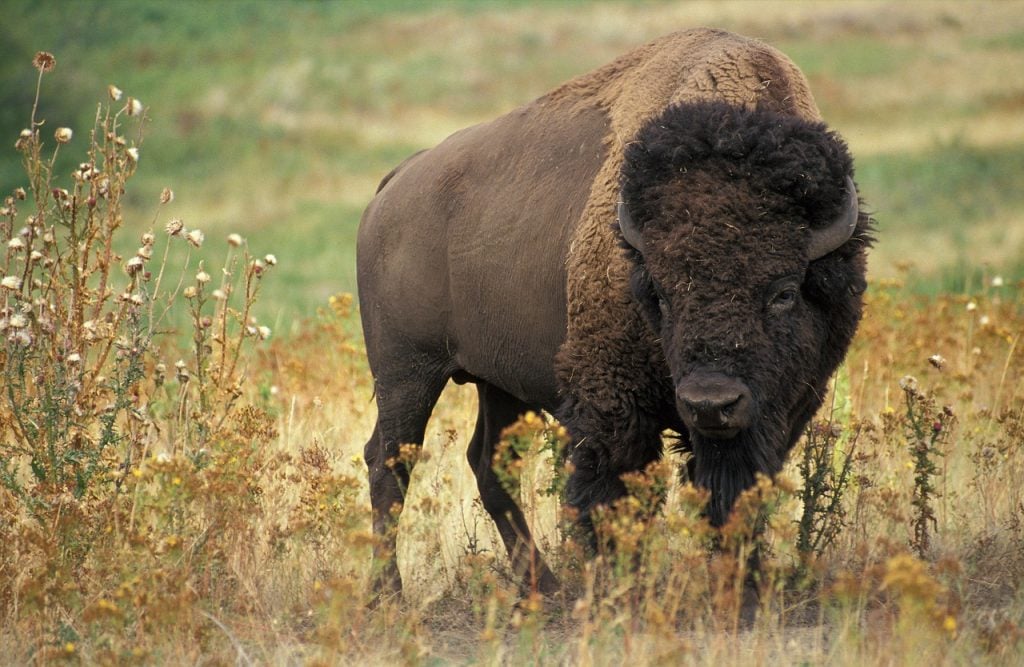
Our Bison Leather Experts
We spoke with George Vlagos from Oak Street Bootmakers, Cuit Ortiz from John Doe Shoes, and Michael Batson from North Star Leather Company about the pros and cons of bison leather and what makes it so special.
Bison vs Asian Water Buffalo: What’s the Difference?
The first thing Batson wants you to know is that even though buffalo and bison are often used interchangeably when it comes to leather, they are indeed two separate animals.
“Many Americans think buffalo and bison are the same, but they are not,” he explains. Especially for Americans, we often call the North American bison a buffalo. “Most bison and buffalo leather in the U.S. comes from the North American bison but if you see a leather product called buffalo, it might come from the Asian Water Buffalo or the African Cape Buffalo.”
If you are looking specifically for buffalo leather, make sure you take note of where it comes from.
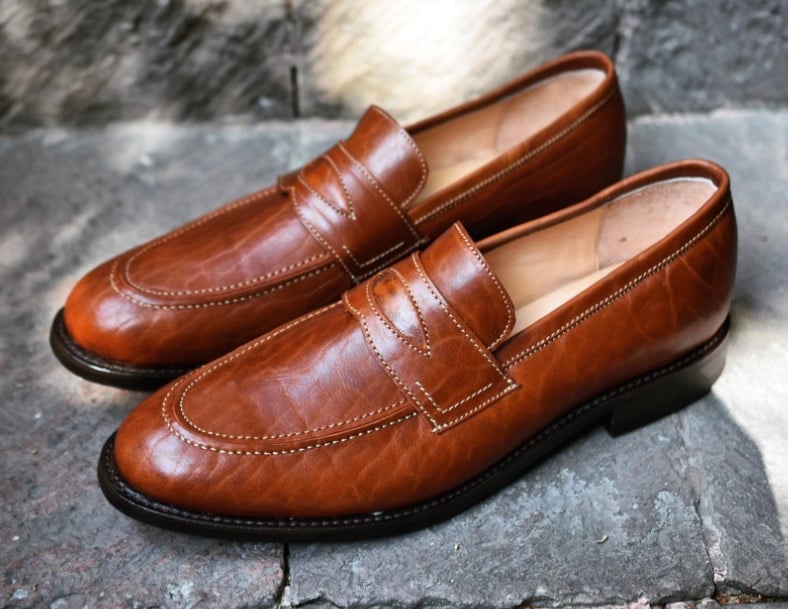
How Bison Leather is Processed
Most bison leathers (but not all) are processed by vegetable tanning, an old-school technique that uses organic vegetable-based compounds such as bark, leaves, and oil from trees. Although this is a more expensive and time-consuming process than the more modern and commercialized methods of chrome tanning for cow leather, according to Ortiz, “the result is a more natural look that develops a nice leather patina over time.”
However, bison leather and other vegetable-tanned leathers are not waterproof. While it is strong and durable, it is more susceptible to marks and is especially sensitive to cleaners. “Vegetable tanned leathers usually stain easily, especially if you drop water on them,” says Ortiz. “Chrome tanned leather has better water resistant properties, but it is produced with more highly pollutant chemicals than vegetable tanned leather.”
If you prefer a chrome tanned bison leather finish, there are a handful of tanneries offering this.
[Related: Chrome vs Vegetable Tanning – What’s the Difference?]
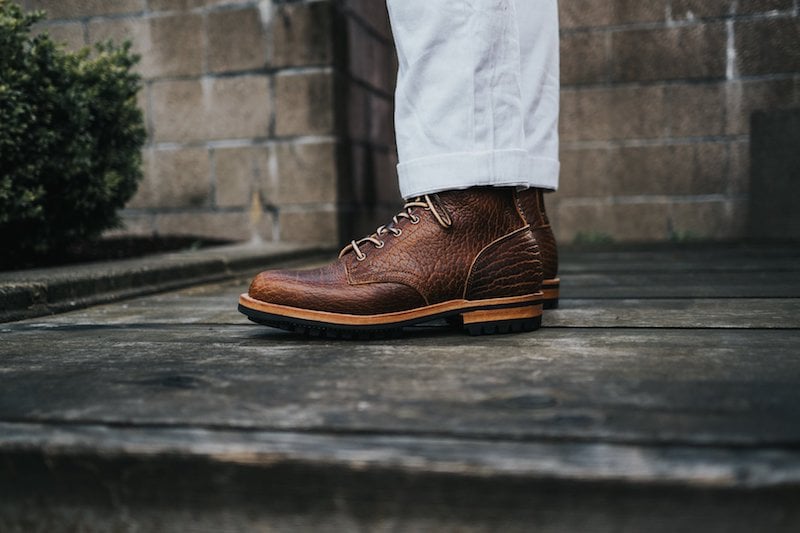
Is Bison Leather Better Than Cow Leather?
“It’s hard to say conclusively about bison leather being better because the characteristics are so varied,” says Batson. Unlike cowhide, bison leather hides are not as stretched in the process in order to preserve the unique grain pattern of the hide. This makes bison leather marginally thicker and stronger than cow leather.
The real beauty of bison leather lies in the grain. Bison are a deep, rich color and have a more unique grain pattern than cows – and no two hides are alike. This is reflected in the end product that allows the natural variations to show through, giving bison leather goods a much more pronounced, textured, pebble-like finish. “The main criteria to choose one over the other would be the desired look of the leather,” says Ortiz.
Although vegetable-tanned leathers are usually stiffer than their chrome-tanned counterparts, Ortiz says this depends on the thickness of the leather and the tannage process. “For example, if the leather is tumbled, it will be softer and more pliable.”
This makes bison leather incredibly versatile and can be used for boots, wallets, rugs, bags, coats, and more. “Our customers find that the grain and character of bison can simply add to the visual charm of their boots,” says Vlagos, “In most cases – we use traiditional bovine leather – but we purchase it from the few best tanneries in the world.”
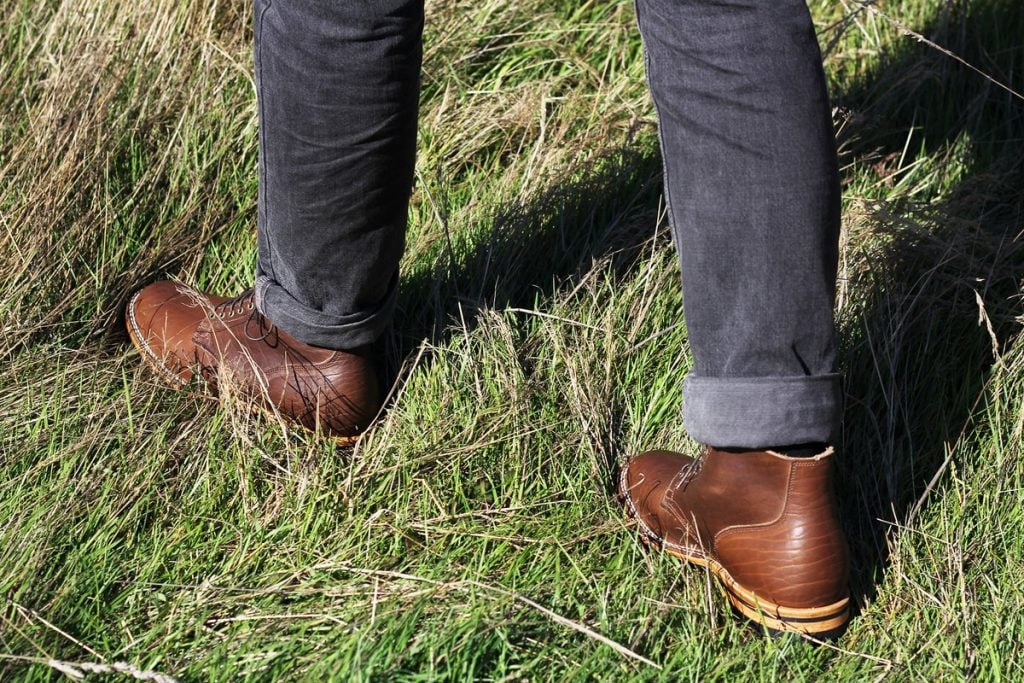
Is Bison Leather More Expensive?
Even though bison are larger animals, the hides are typically smaller in area because they aren’t as stretched.
Batson says bison leather is slightly more expensive, but it depends. “I usually only buy a few skins at a time which are slightly more expensive, if you buy larger quantities naturally the price is more comparable.”
“There are fewer tanneries that produce bison leather in comparison to the thousands of producers of cowhide,” adds Ortiz. “So bison leather, generally speaking, is more expensive.”
For example, this pair of John Doe Shoes’ bison leather loafers will set you back just $215, while boots from reputable American bootmakers like Truman Boot Company can cost nearly $500. But there are some cowhide leathers that can be just as expensive as bison.
[Related: The Pros and Cons of Camel Leather]
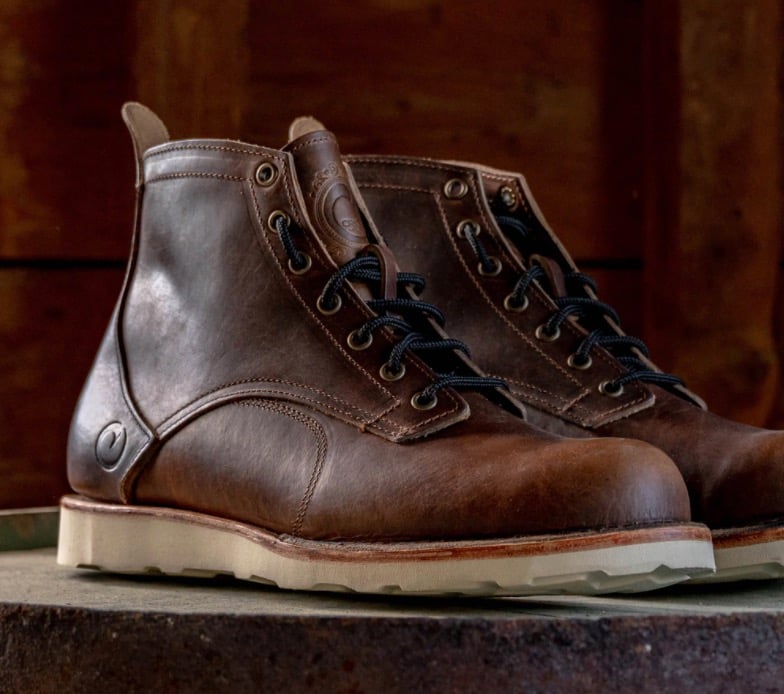
How Long Does Bison Leather Last?
Because it is not stretched, bison leather is thicker and has an average of 40% more textile strength than cowhide, so a pair of well-made bison leather boots can last for decades. Bison also have larger pores and widely spaced fibers, which gives greater breathability and adds to the overall comfort.
“When purchasing boots made of high-quality bovine leather,” says Vlagos, “you won’t see added ‘years’ of wear when switching to bison.” Both leathers, when reasonably cared for, will have a similar lifespan.
Like all good things, it depends on the usage effects the durability. “If you are wearing your boots to go on regular hiking trips and they get wet, or are often trumped through dirt or snow, you won’t get the same longevity as someone who only wears the boots to commute to work,” says Ortiz.
If you want your leather to really last a lifetime, make sure you give it the appropriate care and attention it requires.
How to Take Care of Bison Leather
Treating and caring for bison leather is similar to that of other leathers. “Brush it when it gets dirty, and if it gets wet, let it dry properly before wearing them again,” says Ortiz. “And remember to condition the boots if they get dry.”
As the tanning process usually does not include any surface finishes, bison leather tends to dry out faster than other kinds of leather, so it is important to condition bison leather boots to keep them strong frequently. This will help nourish and moisturize the leather so it doesn’t dry out, as well as boost its longevity and resistance to scratches. However, the potential downside is that it may hide the distinctive look and feel of the natural leather grain, so it’s always best to use a conditioner like Leather Honey, which is explicitly useful for bison leather.
It’s also smart to invest in a pair of cedar shoe trees, which help to preserve the shape of your boots between wears and keep them from drying out.
Wrapping Up
Ultimately, it comes down to personal preference and what kind of leather look you are after. If you prefer a cleaner, smoother finish, cow leather is a great choice – but if you are looking for something a little more rustic that evokes the wilderness, then bison leather is an excellent investment. For Ortiz, bison leather is the ultimate rugged leather. “It has the performance and the looks to be the perfect choice for going out on an adventure.”
Thanks to Cecil Miskin at Herd Wear for his help with this article.



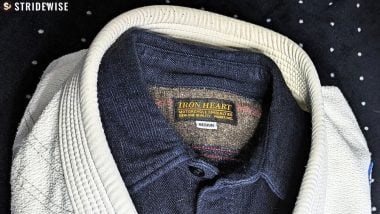



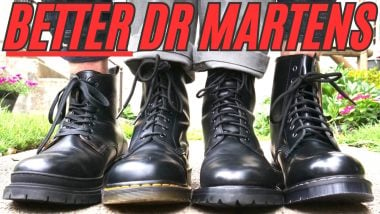
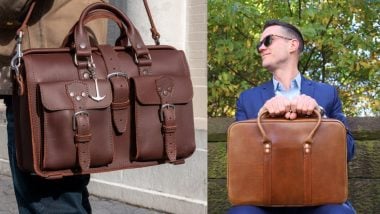

Join the Discussion